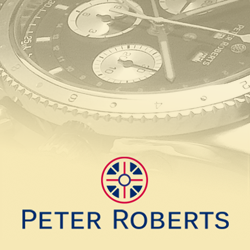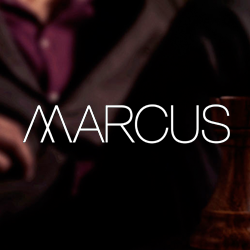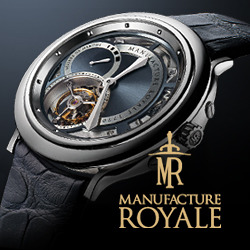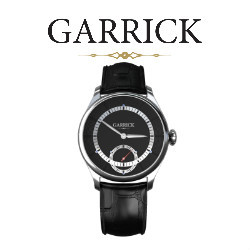Ever since wristwatch auctions became a source for vintage models, two brands have dominated the most elevated stratum. Patek Philippe has maintained its position thanks to rarity, prestige and horological excellence. Rolex? It rivals its Genevoise neighbour for auction room frenzy simply because more collectors covet Rolexes than any other makes of watch – maybe even more than all others combined.
Connoisseurs adore Rolexes for myriad reasons, from the watches’ purity as timekeepers to their status as cultural icons. You only have to look at the notables who have worn them, back in the days before watch companies hired ‘ambassadors’: Marlon Brando, Fidel Castro and Che Guevara sported GMTs. Martin Luther King and Hunter S Thompson. Musicians from BB King to Elvis, Bill Wyman to Bryan Ferry (a classy, early Explorer, should you wish to know). Paul Newman and Steve McQueen were so closely associated with, respectively, a specific Daytona and the early Explorer II that both watches are now known, simply, by the names of their illustrious owners. And Ian Fleming did not put one on James Bond’s wrist by accident. It’s about mystique, but it’s a mystique with solid foundations.
For just over 100 years, Rolex has produced the most ‘no-nonsense’ watches money can buy. Yes, they issue models in gold or platinum, attired with gems – they even had a momentary lapse of taste with a leopard-skin-patterned Daytona that now fetches crazy sums. Yet underneath the dial of every Rolex lurks an intelligently-designed, robust movement, protected by a case that can withstand more than that to which any normal person might subject a watch.
Rolexes have served the needs of the Royal Marines, the divers of Comex, oil-well fire-fighter Red Adair, Pan-Am pilots and the conquerors of Everest. It is a most serious manufacturer. At a time when too many watch companies are involved in the development of frivolous and absurd ‘complications’ – as apt a use of the word as one can imagine – Rolex has stood alone in avoiding minute repeaters, tourbillons and other distractions. When Rolex designed its first in-house chronograph movement, the goal wasn’t merely to free itself from dependency on an outside supplier: the new movement was and is a model of horological clarity, using fewer parts and promising greater dependability.
Every Rolex function, even something as rarefied as yacht race timing, has a valid purpose. It is what the customers expect of a manufacturer that a commercial airline chose, in 1953, to co-develop a multiple time-zone watch for its pilots, resulting in the GMT. It is the company that divers such as Jacques Cousteau and Jacques Piccard turned to for timepieces to be used at record-breaking depths. Influences such as these have created a roster of classics, watches that defy economic forces with the tenacity of works of art, the greatest wines of Bordeaux and vintage Bugattis.
Every few months, it seems that a Rolex has set another record in auction. Submariners, Explorers I and II, GMTs, Daytonas, Sea-Dwellers, Milgausses – even if they drift in and out of fashion, the values are maintained. Fuelled by the fanatics in Italy, you find that one year the collectors clamour for GMTs, the next year Explorers … and perennially, Daytonas. Prices haven’t even suffered a downturn since the 2008 financial crisis. What’s happened is that people realise that Rolexes are investments. A Submariner purchased for £40 in 1966 recently sold for £78,000 at Bonhams. Can you name a wine that did the same?
Of late, Rolex has pleased its devotees with the annual re-introduction of a classic model – including models such as the Submariner and Sea-Dweller, watches that have never been out of production. The Explorer, the Milgauss, the Yachtmaster – they return with new or refined movements, improved bracelets, advanced materials. They evolve, like Porsche’s 911 or Leica cameras – too good ever to die.
Explaining Rolex’s intrinsic worth to doubters is simple. If a 30-year-old questions the value in a £4000 Rolex, one need only say that he or she might live to 80. Thus the Rolex – which will stay with them throughout his or her life – cost only £1 per week.
When asked what watch to buy, I’ve had a stock reply for 30 years. It works particularly well for those who aren’t collectors, those who are overwhelmed by the choices on offer, those who simply do not want to regret their purchase. It’s not the first watch one usually thinks of, even if the person enquiring already had Rolex on his or her short-list. It’s the entry-level model, the least famous or glamorous watch in the catalogue. But it embodies all of the Rolex virtues, in a discrete package, and with an approachable price. At the risk of sounding predictable, I say again: ‘If in doubt, buy a Rolex Air-King.’
Mine just turned 40.
(Calibre, 2011)










